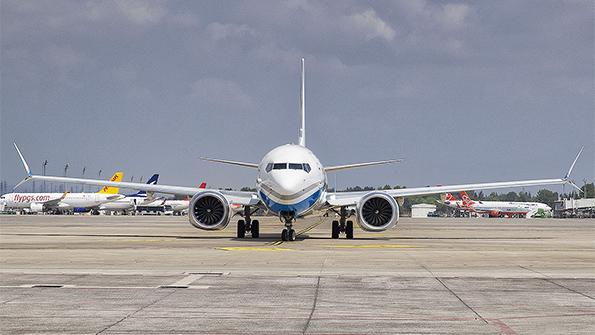
Global regulators acknowledge that the pandemic and related air transport downturn have created new risks as aircraft are shuffled in and out of service and personnel face long periods of little activity—or worse, search for new jobs. What is less understood is how the necessary reprioritization of resources to manage the pandemic has affected long-term initiatives such as safety improvement programs.
The Flight Safety Foundation (FSF) is working to find out.
FSF’s Global Aviation Safety Assessment (GASA), launched last year, is assessing regional and country-level programs that target generally accepted high-risk issues such as reducing controlled flight into terrain, inflight loss of control and runway excursions. GASA will integrate data from familiar sources such as safety databases and targeted surveys to help shed light on how the downturn is affecting these programs.
“The study we are embarking on is going to seek to define where there might be new contributing factors that end up bringing in an impact in multiple [areas] across these accident categories,” says Henry Gourdji, FSF’s director of Safety Strategy.
New risks could stem from a variety of areas, ranging from states re-prioritizing safety-program resources as part of COVID-19 response plans to personnel issues such as “distraction, loss of well-disciplined behaviors and effects from personal health and well-being,” Gourdji says.
Formal work on the program began about a year ago, says Gourdji, a former International Civil Aviation Organization (ICAO) senior executive credited with starting and growing the organization’s Universal Safety Oversight Audit Program. GASA’s scope focuses on air transport and business aviation flight operations in four growing regions—Asia-Pacific, Africa, Latin America and the Middle East. GASA is working with ICAO, global regulators and stakeholders such as the International Air Transport Association, regional airline groups and business aviation associations to establish baselines and identify risks in each region.
The initial phase focused on defining scope by assessing risks and established safety programs to combat them, establishing agreements with stakeholders and identifying data sets. Phase two, which is in progress, will add data through surveys and regional workshops and seek feedback from stakeholders. The final phase will wrap up with a final report containing recommendations based on lessons learned. Gourdji hopes to have the report ready before the ICAO Council’s session in the fall of 2022.
“I believe the assessment that we are performing would certainly allow us to address more carefully existing safety risks and emerging issues, while factoring in the current disruption caused by the global pandemic,” Gourdji says. “And of course it’s going to help us [discover] mitigating approaches. From there, we believe that there will be real value in creating some form of annual reporting.”





